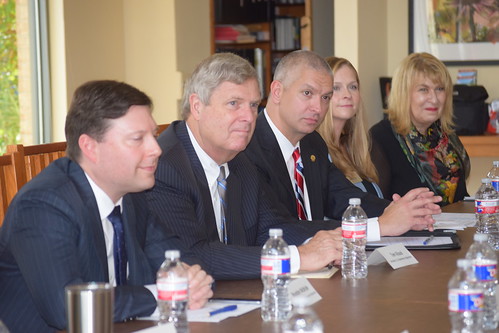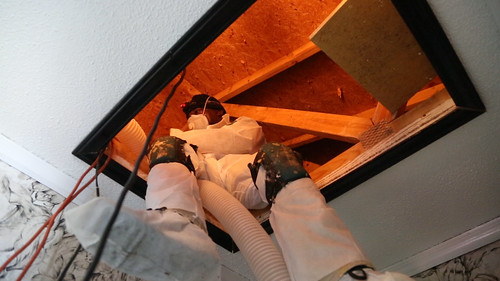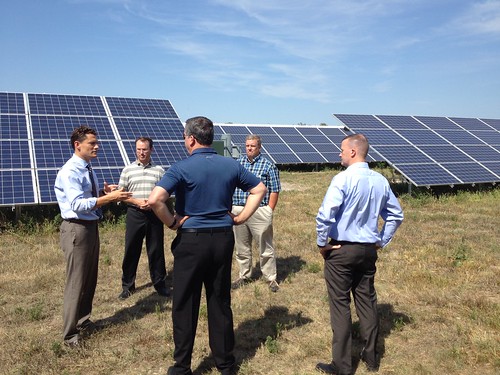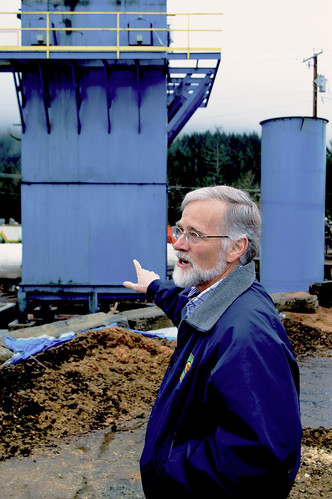
Yesterday, Secretary Vilsack and RUS Administrator McBride announced an Energy Efficiency and Conservation Loan Program award to Pedernales Electric Co-op of Johnson City, TX. Left to right: RUS Administrator Brandon McBride, Secretary Vilsack, John Hewa (CEO, Pedernales Electric Cooperative, Inc.), Emily Pataki (Board President, Pedernales Electric Cooperative, Inc.), and Cindy Thyfault (Founder & CEO, Westar Trade Resources)
This is a special year for rural electric cooperative utilities. Eighty years ago, Congress passed and President Roosevelt signed the Rural Electrification Act of 1936.
The REA brought electricity to rural America, ultimately making the United States the source of the world’s food, fuel and fiber—the breadbasket for the world.
Today’s cooperatives not only provide electricity, but build stronger and more vital communities, particularly in rural areas. Rural electric co-ops are leading the way with their commitment to communities, investment in infrastructure to deliver reliable, affordable power and deployment of smart grid technologies, energy efficiency and renewable energy programs.
Energy Efficiency
Rural electric cooperatives are using energy efficiency—the fifth fuel—to reduce power use and costs. Cooperatives have been very strategic in implementing energy efficiency programs to meet growing electric demand and the increasing costs of power, using nearly $127 million of RUS loans to help increase our energy independence and strengthen rural economies.
Smart Grid
To improve electric utility resiliency and efficiency, rural electric cooperatives are investing in smart grid technologies. Co-ops used over $1.5 billion of RUS loans to deploy fiber connections to provide for smart grid needs.
Investments Improve the Quality of Life in Rural America
Rural electric cooperatives are the power that helps drives investment in the rural economy—an investment that builds the foundation for a vibrant future. Since 2009, rural electric cooperatives have invested over $38 billion in rural electric infrastructure, improving over 196,000 miles of line, and connecting 1.5 million new customers.
The economic stability of rural America continues to rely on the availability of affordable and reliable electricity to serve families, businesses, and attract new opportunities to these areas.
Cooperatives understand that America is strongest when we work together. That’s why 80 years after the REA became law, co-ops remain strong and successful.
To find out more about how USDA is Powering America with a More Sustainable Energy Future, visit the latest chapter in our USDA Results page. October is Co-op Month. See Secretary Vilsack’s Proclamation. See today’s electric program award announcement.

RUS Energy Efficiency and Loan Conservation Program can help rural electric consumers reduce energy costs by blowing insulation into an attic, benefitting both rural electric cooperatives and their members. Photo courtesy of North Carolina’s Roanoke Membership Corporation.



